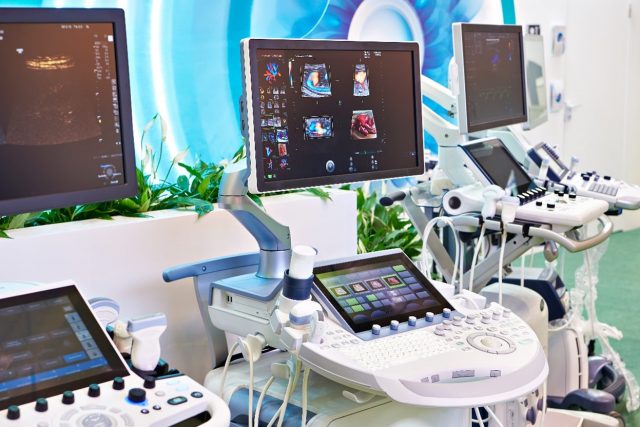The medical device industry is an arena of rapid innovation and strict regulation. As these devices play crucial roles in patient care, ensuring their safety and efficacy through rigorous regulatory scrutiny is paramount. Patrick Gora of Rochester delves into the intricate world of regulatory submissions for medical devices, focusing on key pathways in the United States and the European Union, including Premarket Notification (510(k)), Premarket Approval (PMA), Investigational Device Exemption (IDE), and the EU Technical Files and Design Dossiers.
Understanding the U.S. Regulatory Framework
- Premarket Notification [510(k)
The 510(k) process, named after Section 510(k) of the Food, Drug, and Cosmetic Act, is a premarket submission to the U.S. Food and Drug Administration (FDA). This submission demonstrates that the device to be marketed is at least as safe and effective, that is, substantially equivalent, to a legally marketed device (predicate device) that is not subject to PMA. Substantial equivalence means that the new device is similar to the predicate in intended use and technological characteristics or performs the same function with new technology without raising new questions of safety and effectiveness. The 510(k) process is typically faster and less costly than the PMA route, making it a popular choice for many manufacturers. Patrick Gora of Rochester explains that it requires a thorough understanding of FDA guidelines and a meticulous comparison with predicate devices. - Premarket Approval (PMA)
The PMA is the FDA’s process of scientific and regulatory review to evaluate the safety and effectiveness of Class III medical devices. Class III devices are those that support or sustain human life, are of substantial importance in preventing impairment of human health, or present a potential, unreasonable risk of illness or injury. PMA is the most stringent type of device marketing application required by the FDA. It requires the submission of clinical data to support claims of safety and effectiveness. Given its complexity and the depth of review, the PMA process is significantly longer and more costly than the 510(k) pathway. - Investigational Device Exemption (IDE)
The IDE regulation allows investigational devices to be used in clinical studies to collect safety and effectiveness data required to support a PMA application or a 510(k) submission. To initiate a study under IDE, the sponsor must submit an application to the FDA, demonstrating that the investigation is scientifically valid and ethically conducted and provides safeguards for participants. The IDE is a critical step for devices that require clinical trials, facilitating early human use under controlled conditions.
The European Union’s Regulatory Landscape
The European Union (EU) has its regulatory framework for medical devices, which, while sharing similar objectives to the U.S. system, operates under different processes. Patrick Gora explains that the two primary components of the EU’s regulatory submission for medical devices are the Technical Files and Design Dossiers.
- EU Technical Files
Technical Files are comprehensive collections of documents that detail the design, manufacture, and intended use of a medical device. These documents are required for all classes of devices in the EU and must be meticulously compiled to demonstrate compliance with the applicable EU Directives or Regulations. The Technical Files cover aspects such as device description, specifications, safety and performance testing, labeling, and instructions for use. Technical Files are reviewed by Notified Bodies, independent organizations designated by EU Member States to assess conformity. Successful review leads to CE marking, indicating that the device meets EU safety, health, and environmental protection requirements. - Design Dossiers
The Design Dossier is specific to Class III devices (and some Class IIb devices, such as implantable devices) in the EU and represents a subset of the Technical Files with a greater focus on the design and manufacturing aspects. The Design Dossier includes detailed information on the device’s design, manufacturing process, and evidence of compliance with the essential requirements. Given the critical nature of Class III devices, the scrutiny of Design Dossiers by Notified Bodies is particularly rigorous, requiring comprehensive evidence of safety and performance.
Patrick Gora of Rochestre explains that navigating the regulatory landscape for medical devices is a complex and nuanced process, demanding in-depth knowledge and strategic planning. Whether pursuing market entry in the United States or the European Union, manufacturers must understand each regulatory pathway’s specific requirements and processes, from the 510(k) and PMA in the U.S. to the Technical Files and Design Dossiers in the EU.
Effective regulatory submission is not merely about compliance but ensuring the highest patient safety standards and bringing innovative, life-saving devices to market. Patrick Gora explains that as the regulatory environment continues to evolve, staying informed and engaged with regulatory bodies and guidelines is essential for success in the dynamic field of medical device manufacturing.








